This Is Why Boeing’s Starliner Was Making a Pulsing Noise, According to NASA
On August 31, 2024, a peculiar noise from the Starliner spacecraft caught astronaut Butch Wilmore’s attention. While docked at the International Space Station (ISS), he heard a repetitive, sonar-like ping emanating from a speaker inside the spacecraft.
The unexpected sound prompted Wilmore to contact NASA’s Mission Control in Houston, sparking curiosity and concern about its origin.
Wilmore's Report Raises Eyebrows
Wilmore’s initial report of the noise took Mission Control by surprise. Describing the sound as a “pulsing noise, almost like a sonar ping,” the ground team quickly began analyzing the situation.
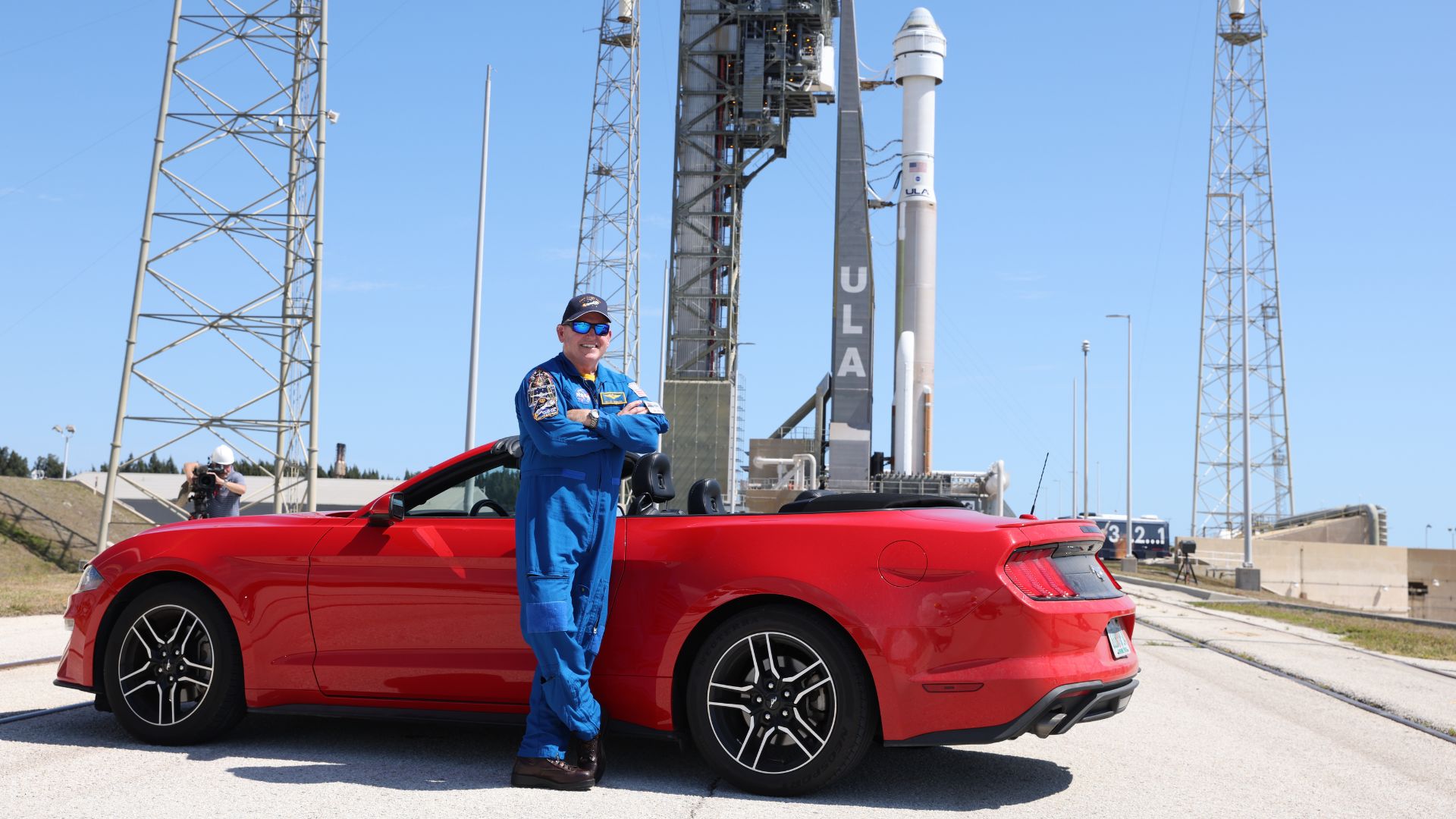
Source: NASA/Wikimedia Commons
“I don’t know what’s making it,” Wilmore stated over the radio, adding an element of mystery to the already tense environment aboard the ISS.
A Growing Mystery in Space
As Wilmore moved his microphone closer to the speaker, the strange pinging noise was captured and transmitted back to Earth. The sound, described as repetitive and sonar-like, echoed through the communication channel, adding to the mystery.
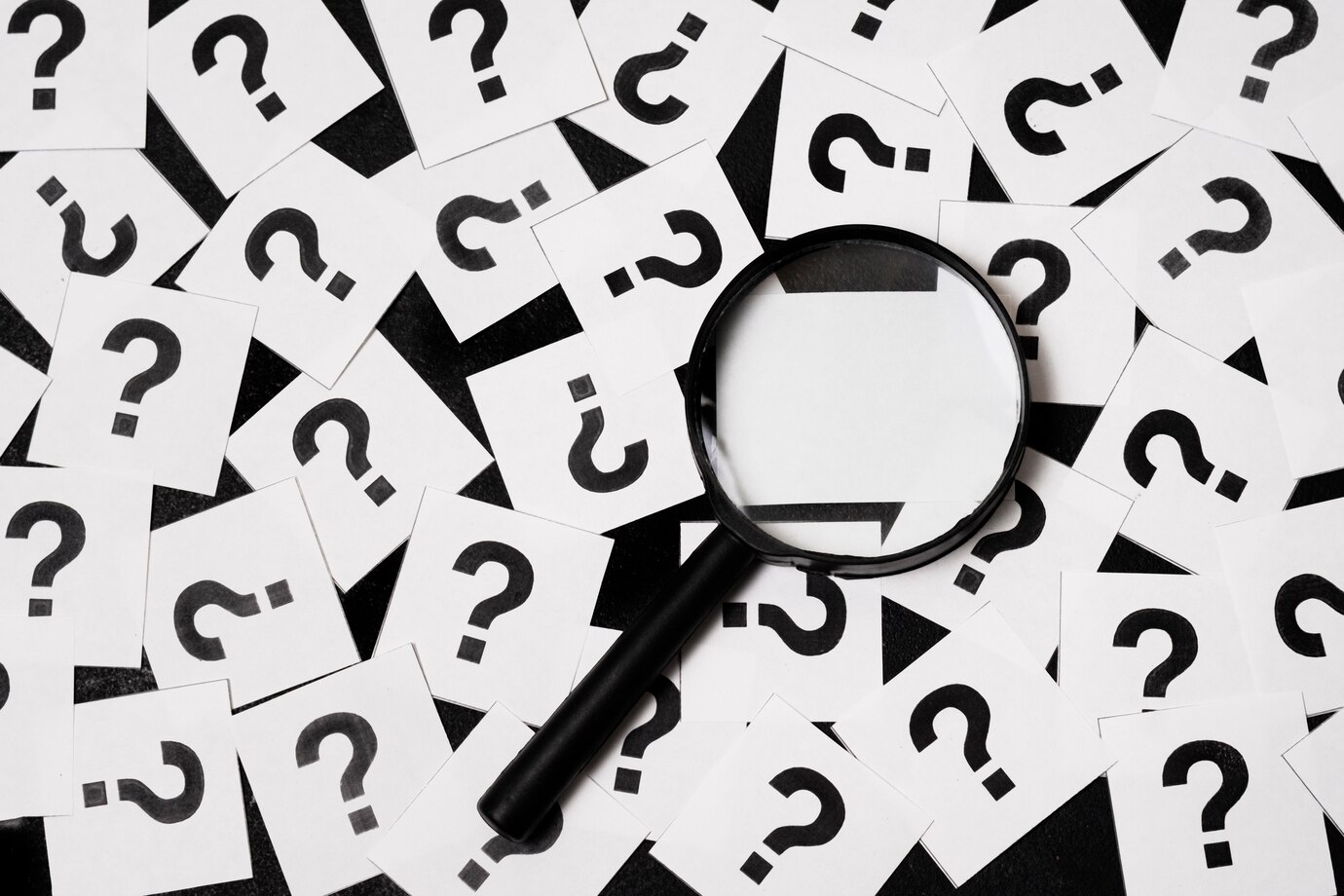
Source: Freepik
Mission Control scrambled to understand the source, knowing that any anomaly in space could have significant implications.
The Audio Recording Sparks Curiosity
The recorded sound, shared widely after the incident, piqued public interest and raised questions about what could cause such a noise in space. Was it a malfunction, an environmental anomaly, or something entirely unknown?
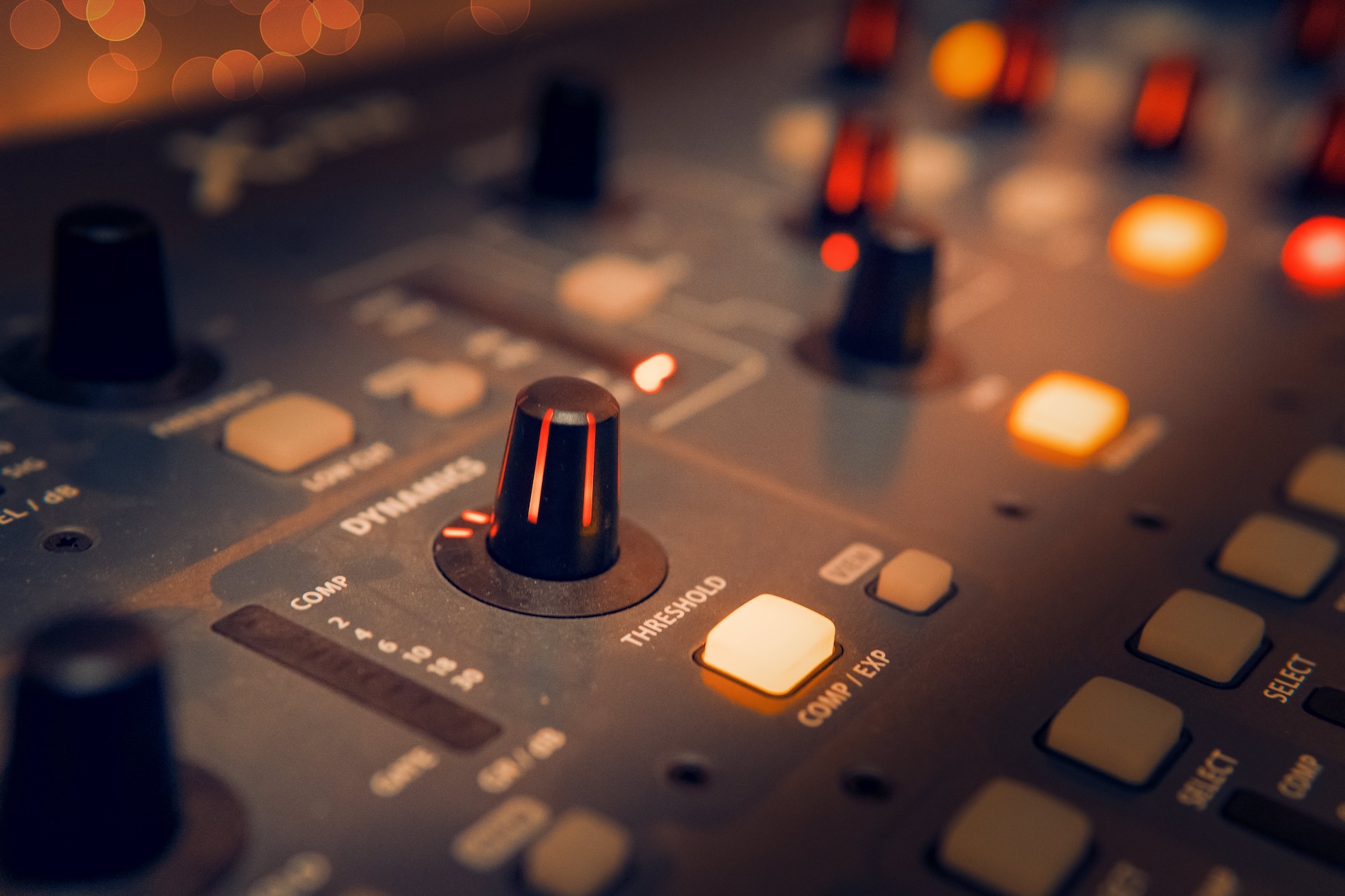
Source: Dmitry Demidov/Pexels
The event reminded many of past unexplained sounds heard by astronauts, further deepening the intrigue.
Not a Noise You Want to Hear
Former Canadian astronaut Chris Hadfield commented on the situation in a post on X. Hadfield, who was the first Canadian astronaut to command the ISS and walk in space, has become widely known for his presence on social media.
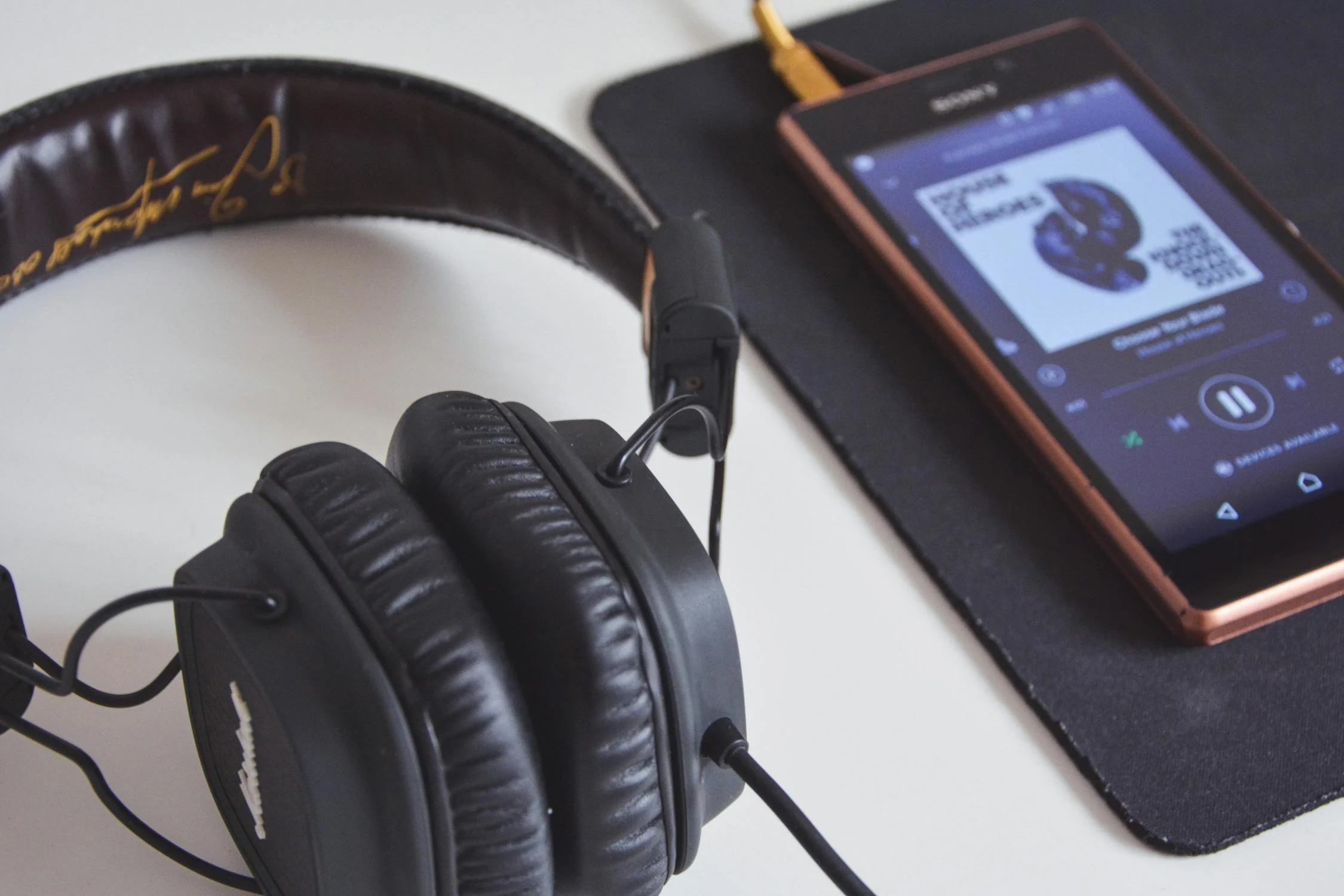
Source: Mihis Alex/Pexels
“There are several noises I’d prefer not to hear inside my spaceship, including this one that Boeing Starliner is now making,” Hadfield wrote.
A Brief History of Space Sounds
This isn’t the first time strange sounds have been reported in space. In 2003, Chinese astronaut Yang Liwei reported a knocking noise while in orbit.
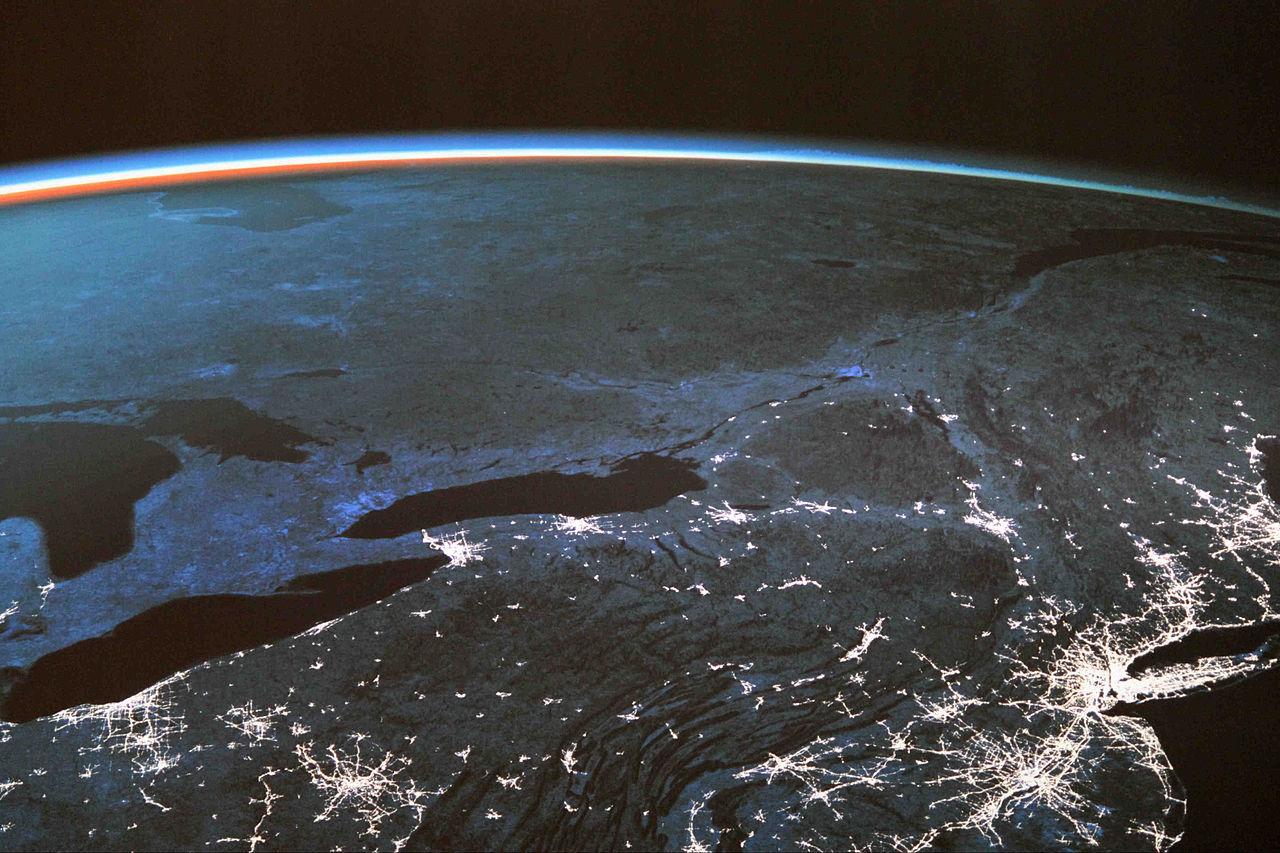
Source: Wikimedia
Similar incidents have been documented over the years, each with its own set of potential explanations. Wilmore’s experience adds another chapter to this mysterious auditory history of space exploration.
Speculations and Theories Begin
As news of the noise spread, theories abounded. Some speculated it could be due to the physical stress or pressure differentials within the Starliner, similar to past incidents.

Source: Freepik
Others wondered if it could be an electronic anomaly or even an issue with the spacecraft’s communications system. Engineers had their work cut out for them to find the cause.
NASA’s Swift Investigation
NASA’s Mission Control wasted no time in responding to the noise report. They quickly connected directly to the Starliner’s hardline audio system to get a clearer understanding of the sound.
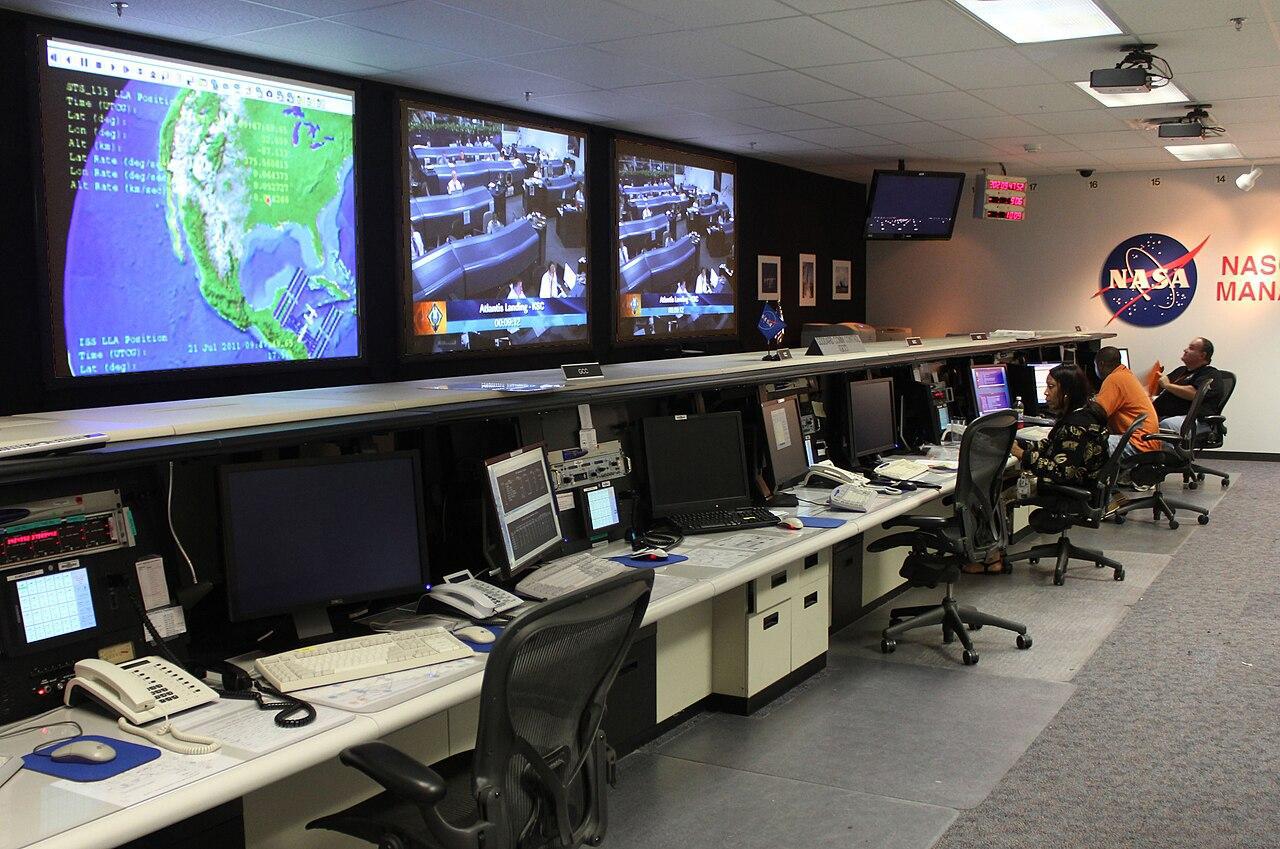
Source: Wikimedia
The rapid response showcased NASA’s commitment to safety, especially with the Starliner scheduled for an uncrewed return to Earth just days later.
The Pulsing Sound Stops
After the initial reporting of the sound, Wilmore informed Mission Control that the noise had stopped.
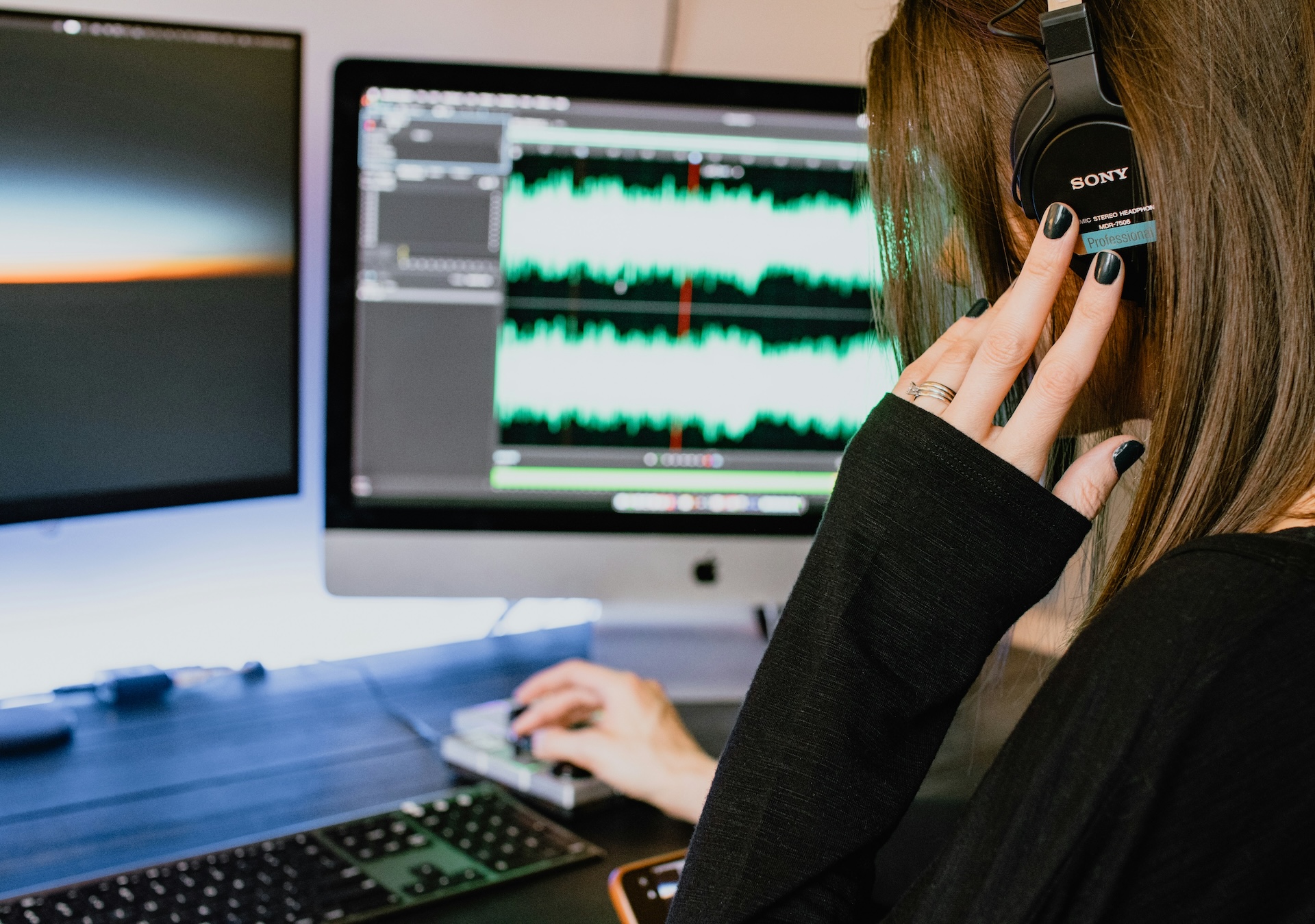
Source: Kelly Sikkema/Unsplash
“A pulsing sound from a speaker in Boeing’s Starliner spacecraft, heard by NASA astronaut Butch Wilmore aboard the International Space Station, has stopped,” NASA said.
An Explanation Emerges
After thorough analysis, NASA identified the source of the mysterious sound as feedback from a speaker within the spacecraft.
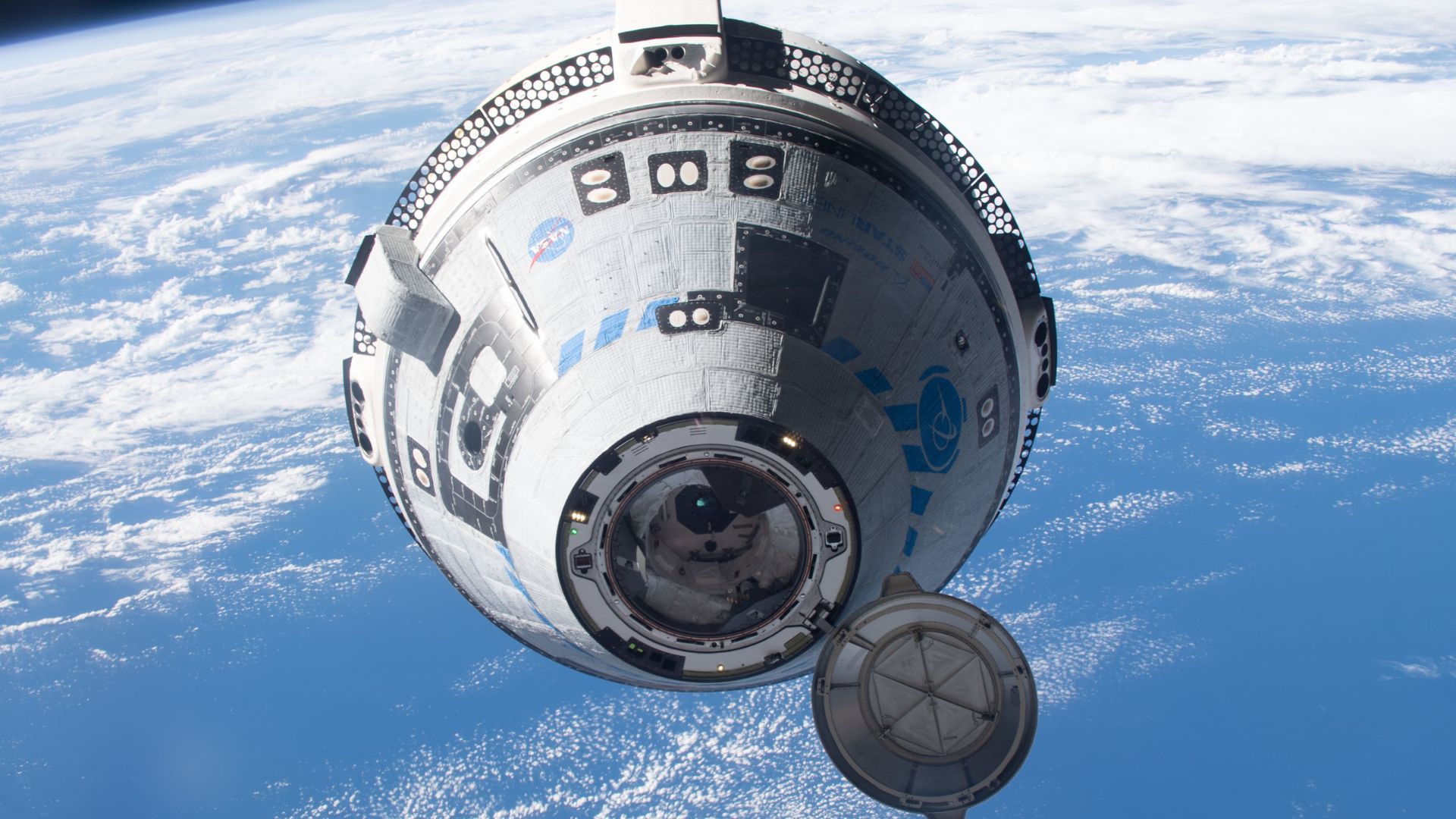
Source: Bob Hines/NASA/Wikimedia Commons
“The feedback from the speaker was the result of an audio configuration between the space station and Starliner,” NASA explained. They added that such feedback is common and assured the public that it posed no risk to the mission.
Nothing to Be Concerned About
The space agency clarified that the noise the astronauts on the ISS heard was nothing to be concerned about.
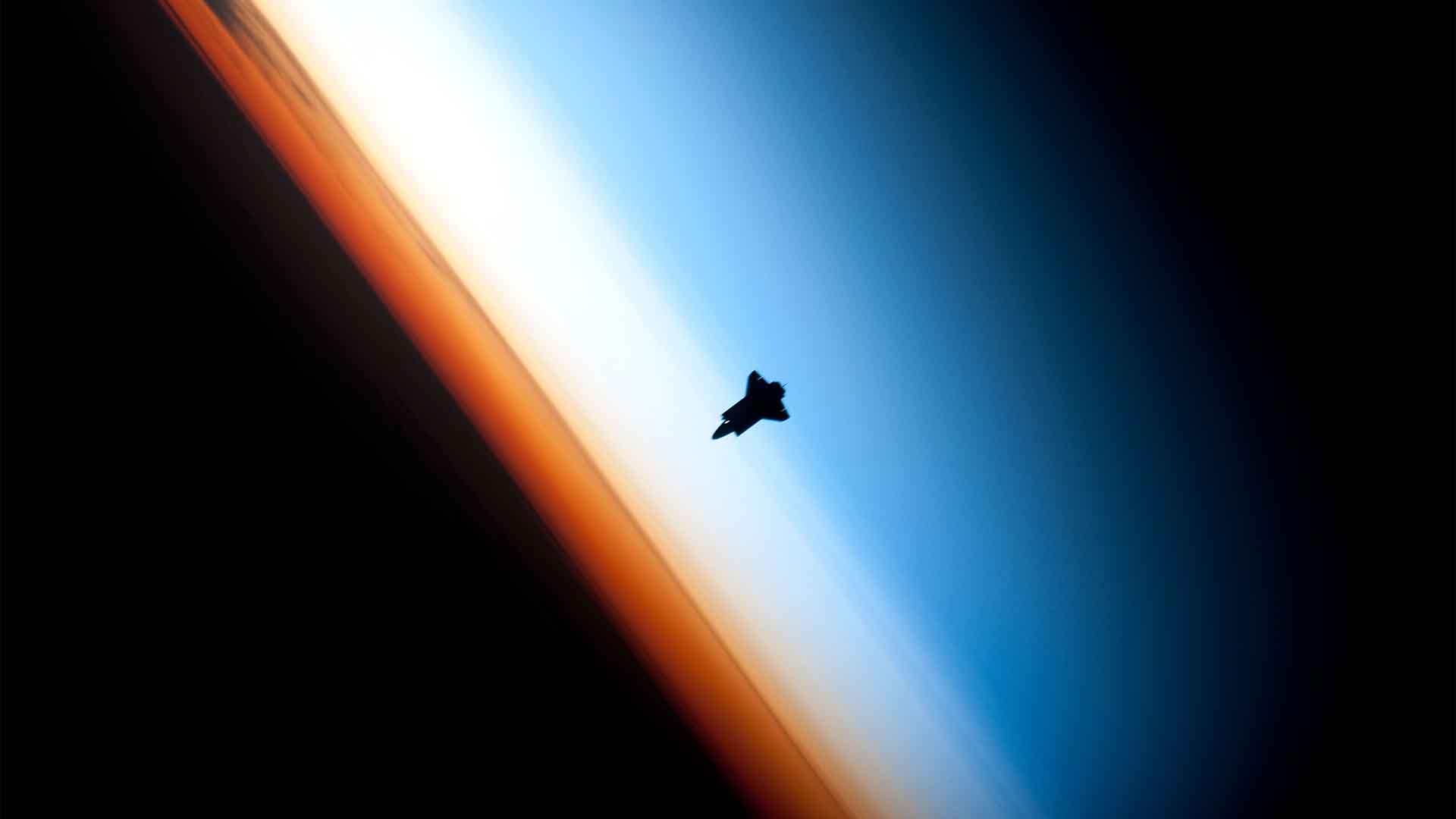
Source: Heritage Space/Heritage Images via Getty Images
“The speaker feedback Wilmore reported has no technical impact on the crew, Starliner, or station operations, including Starliner’s uncrewed undocking from the station no earlier than Friday, Sept. 6,” NASA said.
A Normal Sound
According to Space, the complex audio system on the ISS connects multiple spacecraft and modules. While experiencing noise and feedback is normal, protocol dictates that the crew contact Mission Control if they hear a sound from the communication system.
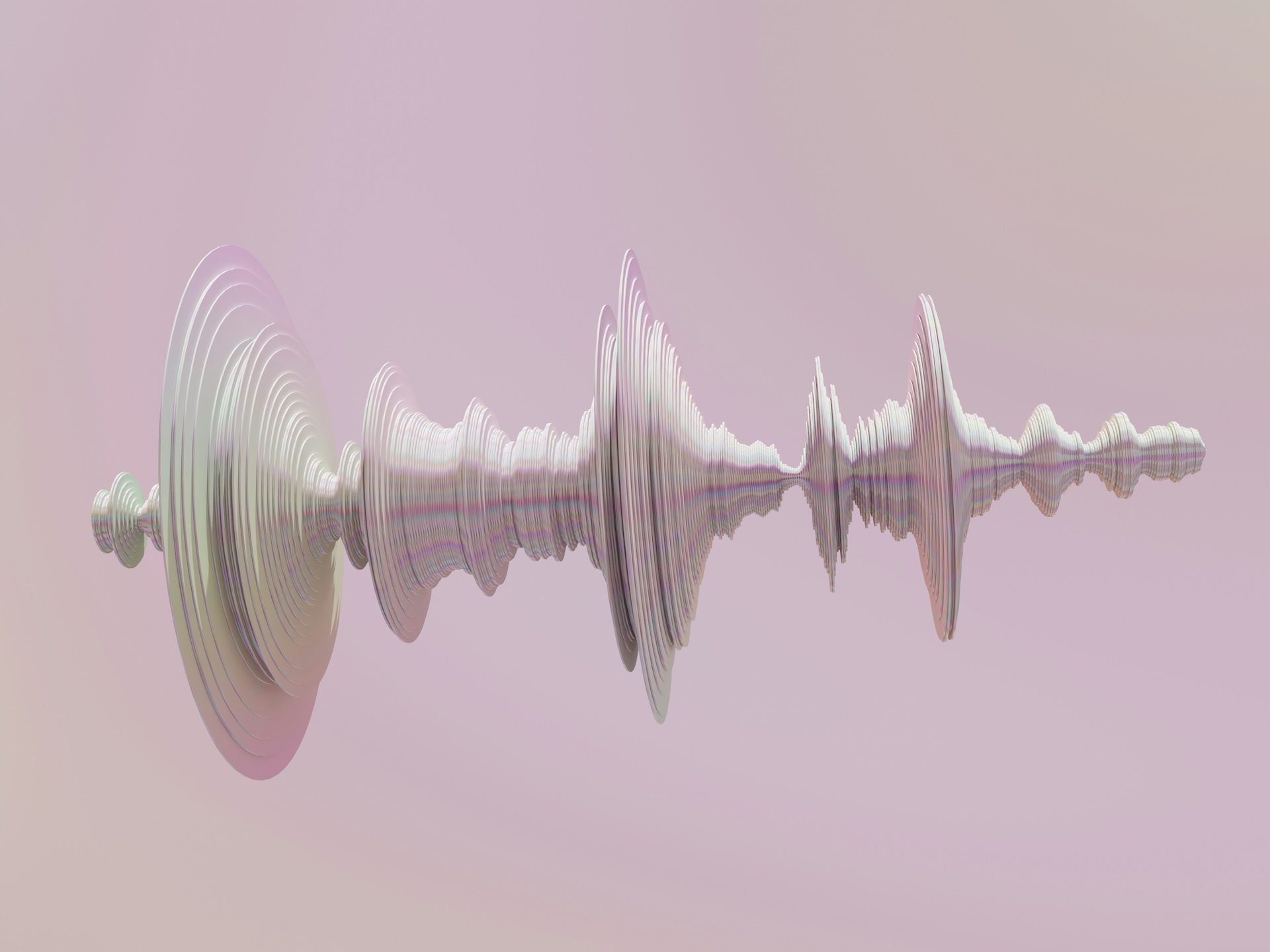
Source: Yassine Ait Tahit/Unsplash
While it was not a message from alien life, the crew reported the noise, which was initially reported by Ars Technica.
No Threat to Space Operations
NASA confirmed that the speaker feedback reported by Wilmore had no technical impact on the crew, the Starliner, or station operations.
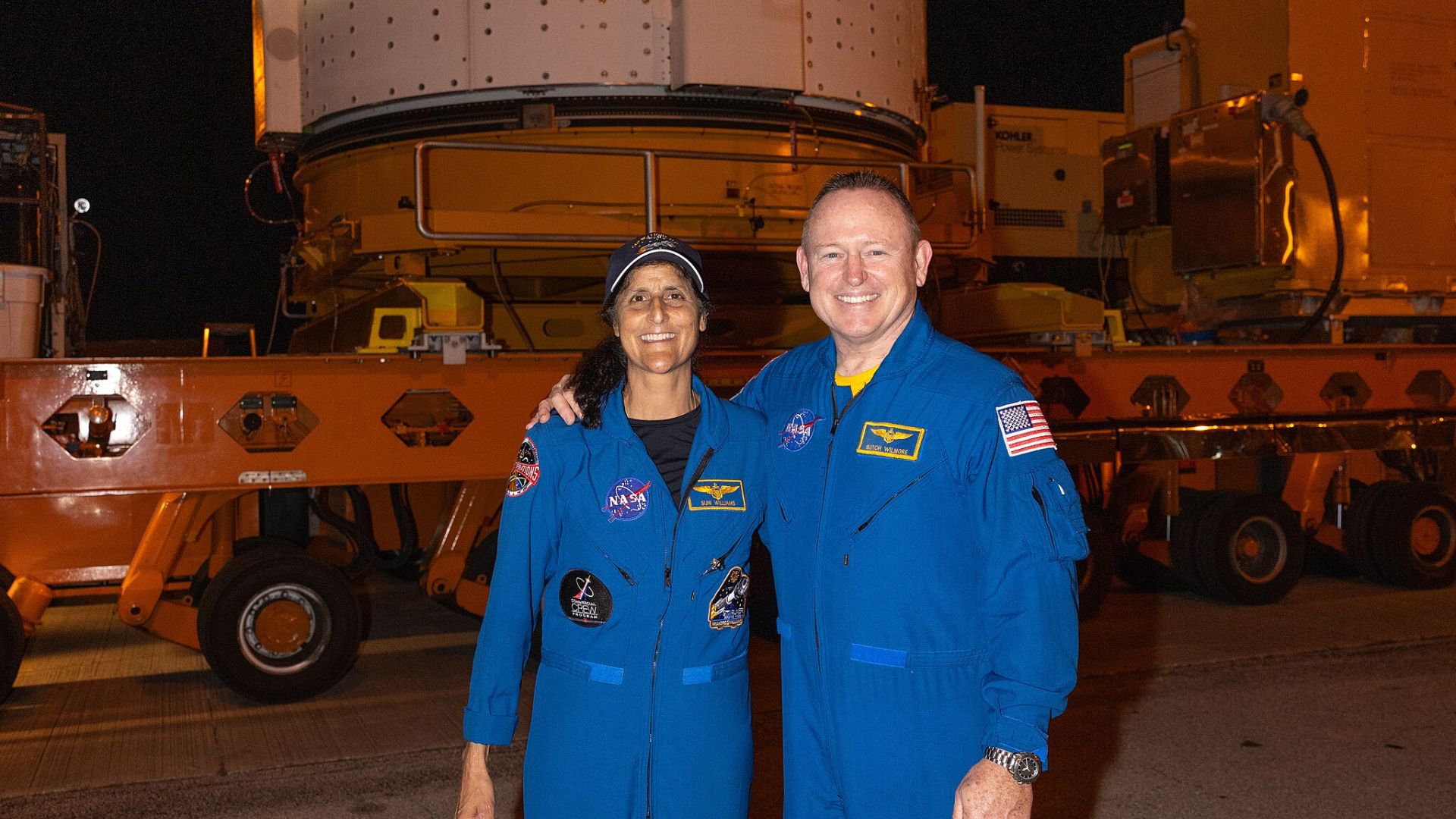
Source: NASA/Wikimedia Commons
The Starliner’s uncrewed undocking from the ISS, planned for September 6, 2024, would proceed as scheduled. This reassurance helped quell concerns about potential delays or additional issues.
Preparing for the Autonomous Return
The Starliner is set to make its uncrewed return to Earth, a critical test of its systems and technology. Engineers are taking every precaution to ensure a safe journey back, emphasizing the importance of addressing any anomalies quickly.
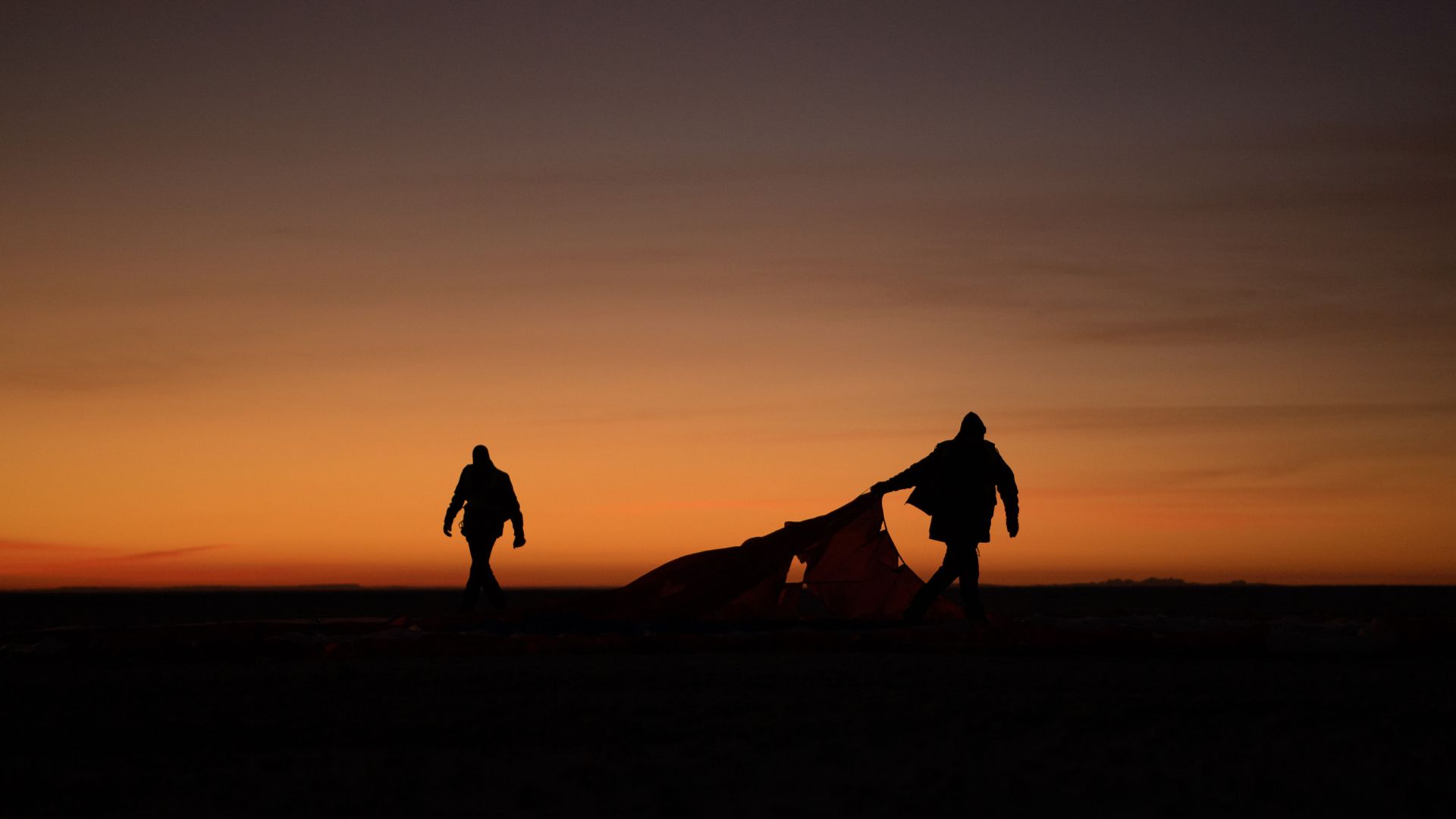
Source: NASA/Bill Ingalls/Wikimedia Commons
The spacecraft is expected to touch down at White Sands Space Harbor in New Mexico after midnight on September 6.
The Ongoing Mission and Future Precautions
Despite the noise, astronauts Butch Wilmore and Sunita Williams continue their mission aboard the ISS, awaiting further instructions.
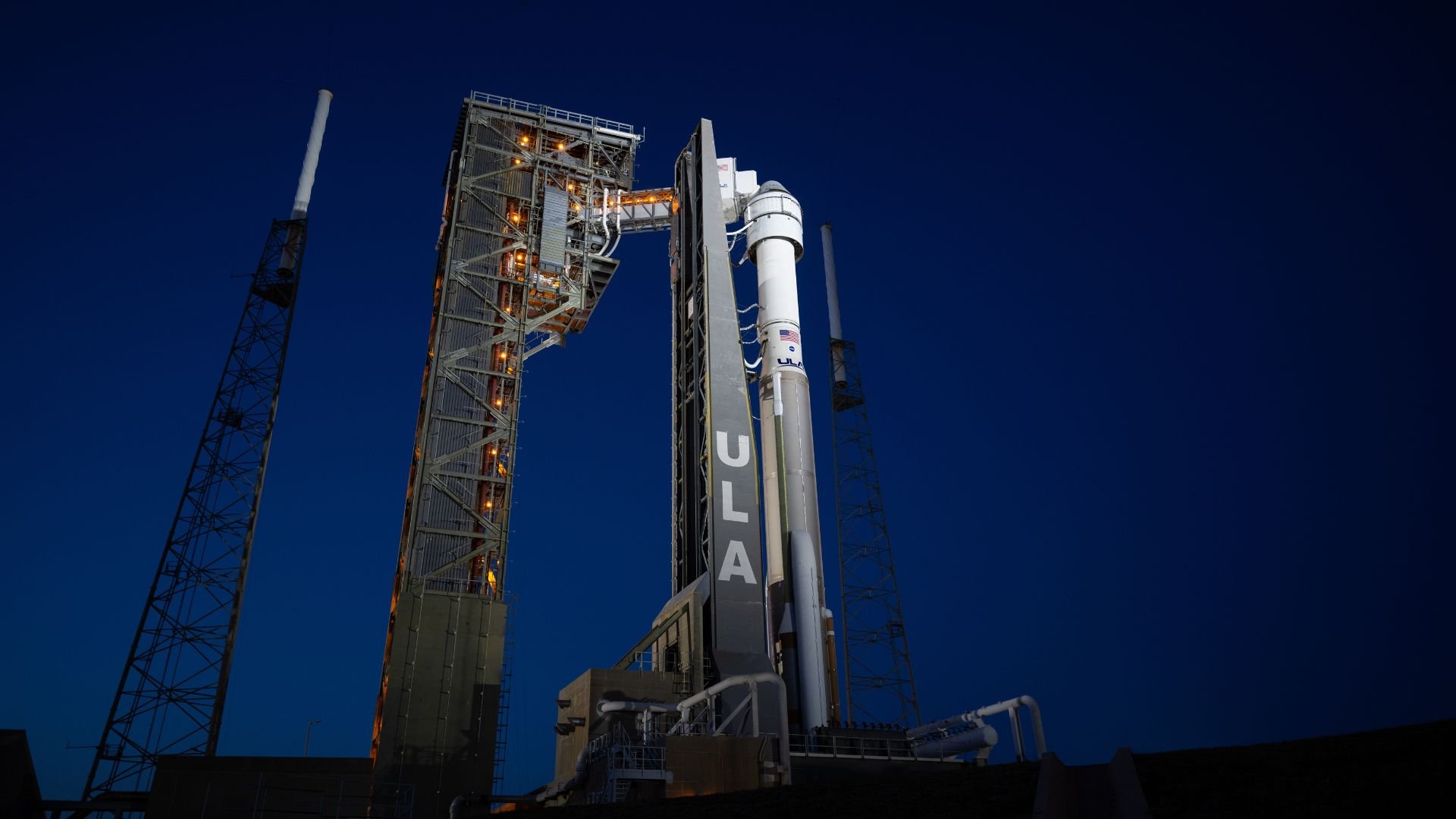
Source: NASA/Joel Kowsky/Wikimedia Commons
NASA and Boeing engineers remain vigilant, ensuring that all systems are functioning correctly as the Starliner prepares for its return.
Lessons Learned and Looking Ahead
While the source was identified as benign, it shows the need for thorough monitoring and real-time troubleshooting.
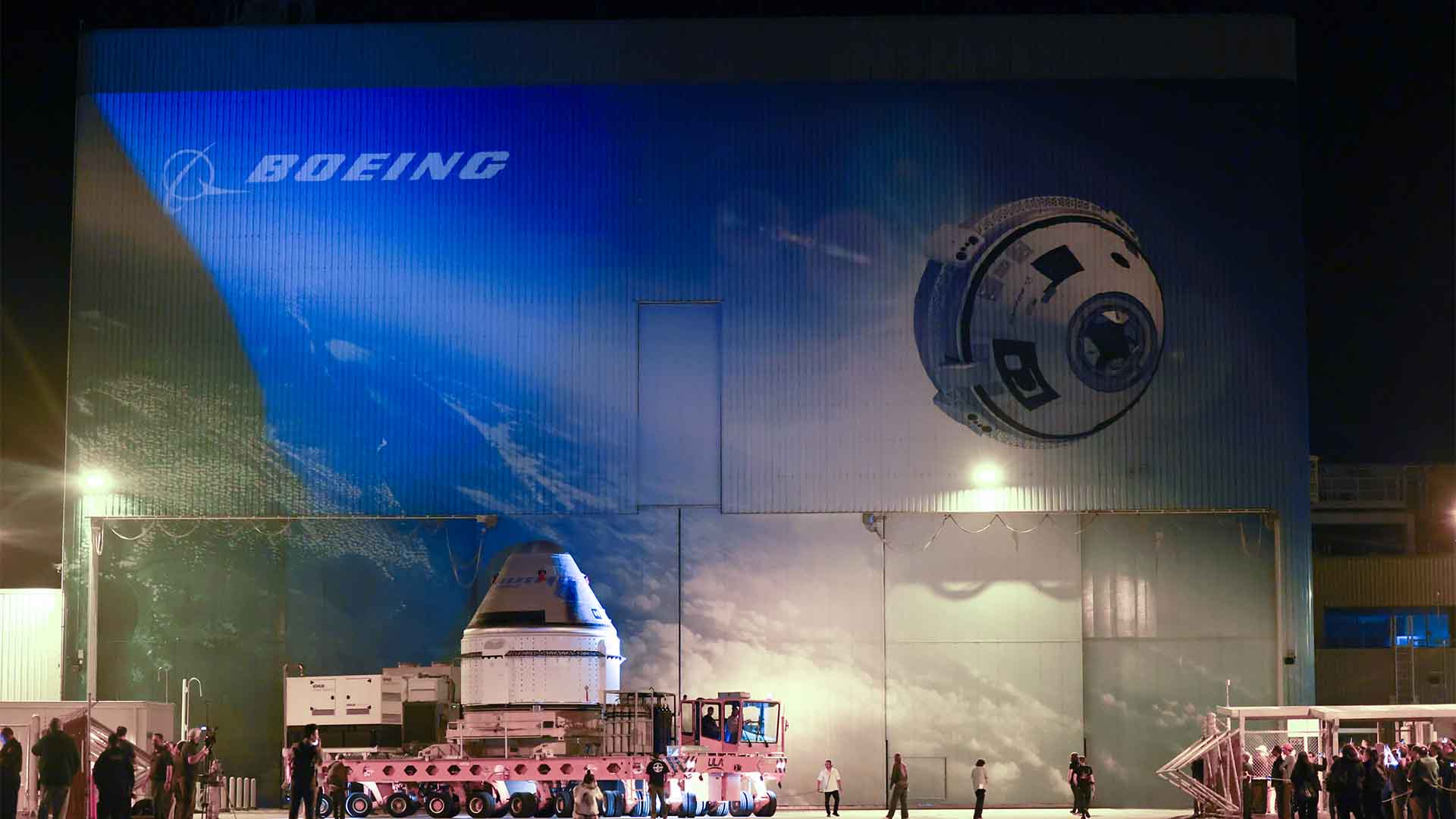
Source: Joe Raedle/Getty Images
As the Starliner readies for its return, NASA’s careful handling of the situation reflects its dedication to astronaut safety and mission success.
The Starliner’s Failed Mission
Starliner launched on June 5 for its first-ever crewed mission, transporting NASA astronauts Wilmore and Suni Williams to the ISS for a 10-day mission.

Source: Nathan Cowley/Pexels
The capsule successfully docked on June 6, but NASA and Boeing extended its stay in orbit multiple times as they investigated a thruster issue.
Returning on the Starliner Deemed Too Risky
NASA determined that returning Williams and Wilmore on the Starliner was too risky and made the tough decision to return the Starliner to Earth without the astronauts.
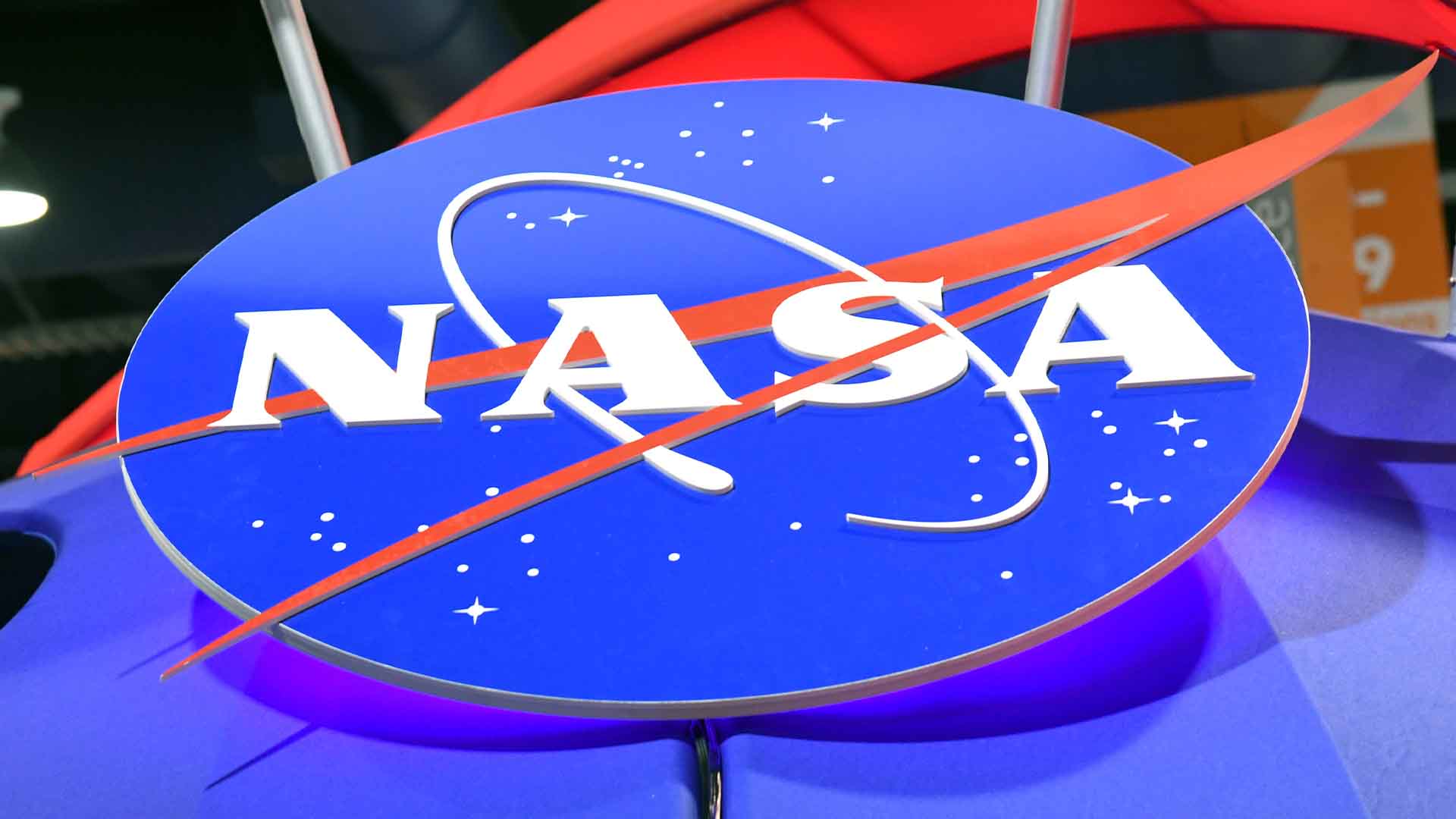
Source: Ethan Miller/Getty Images
Williams and Wilmore will instead return to Earth on the SpaceX Dragon capsule next year.
The Starliner Returns to Earth
The spacecraft returned to Earth on Sept. 7 with a soft touchdown in the desert of White Sands Missile Range in New Mexico.
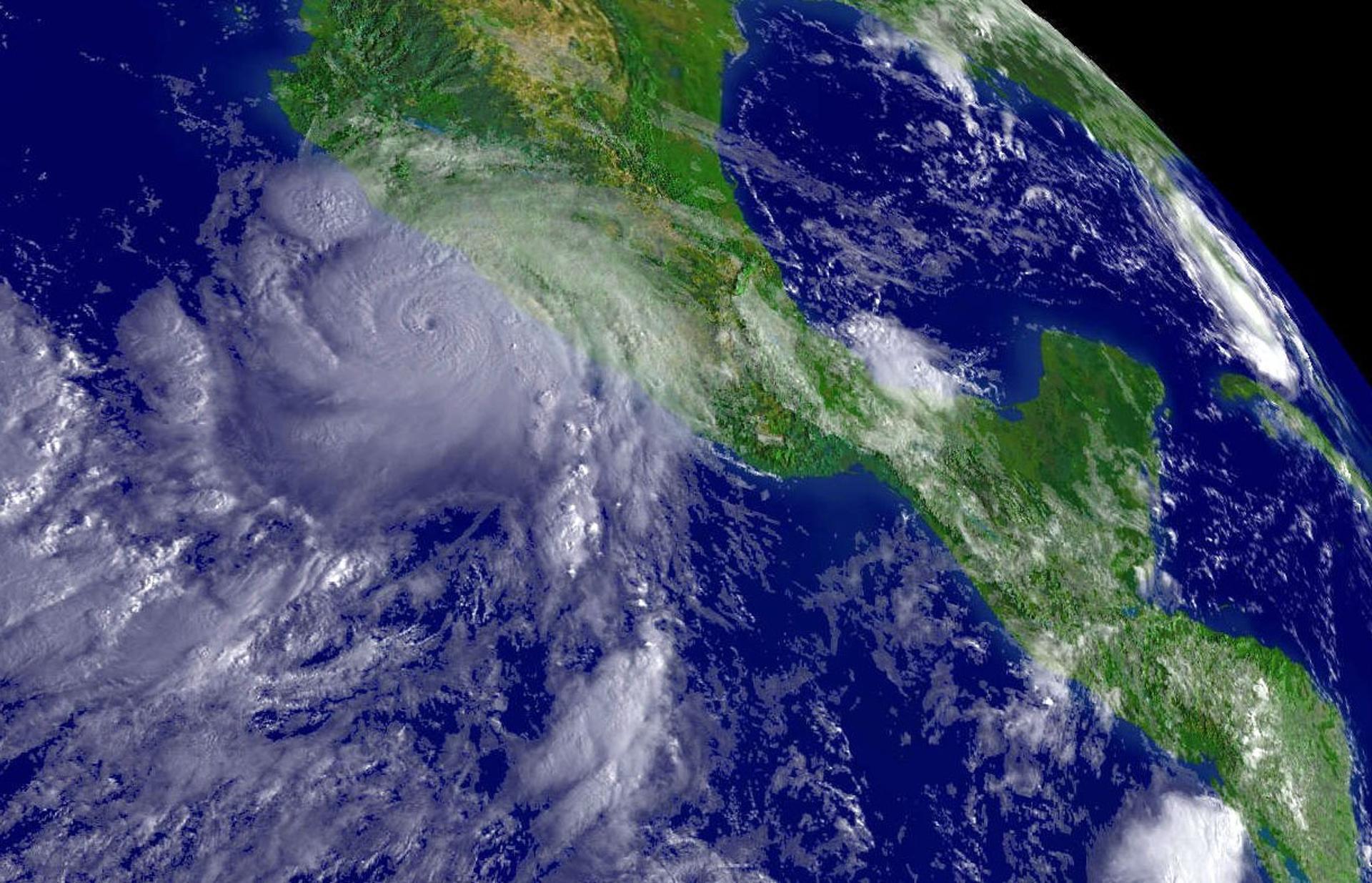
Source: Getty Images
Despite the issues it experienced on its flight to the ISS, the uncrewed Starliner performed as expected during re-entry.
The Risk of Returning Home on the Starliner
“If we had a crew on board the spacecraft, we would have followed the same back-away sequence from the space station, the same deorbit burn and executed the same entry,” said Steve Stich, manager of NASA’s Commercial Crew Program, during a post-landing press conference.
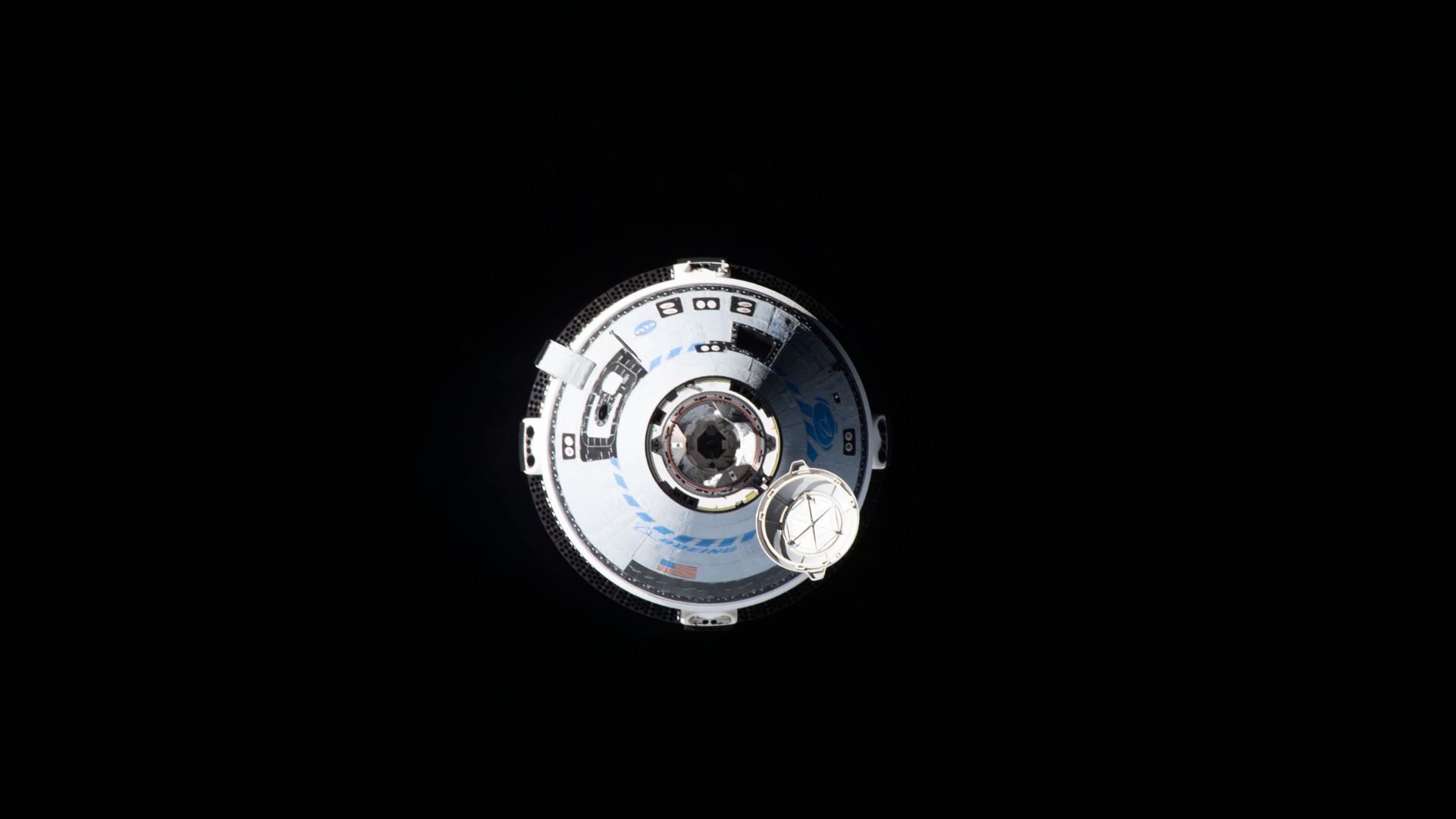
Source: Bob Hines/NASA/Wikimedia Commons
“And so it would have been a safe, successful landing with the crew on board,” he added.
Hindsight Is 20/20
“It’s always hard to have that retrospective look. If we had a model that perfectly predicted what we saw tonight, it looks like an easy decision to say we could have had a crewed flight, but we didn’t have that,” Stich said after Starliner’s return.
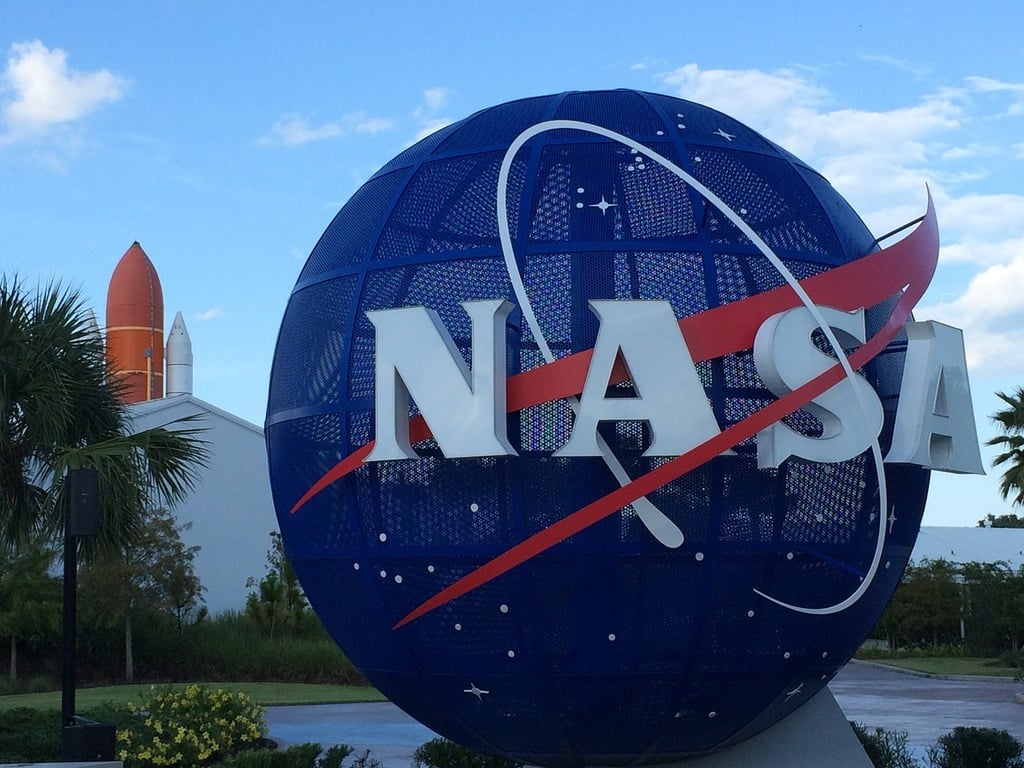
Source: Picryl
However, the risk factor was too high for NASA to consider a ride back on the Starliner to be a safe option.
The Return Home Will Be Tough
By the time Wilmore and Williams return to Earth, they will have spent nearly 10 months aboard the ISS. The trip home also means that two designated empty seats will be available on SpaceX’s upcoming flight.

Source: Bob Hines/NASA/Wikimedia Commons
SpaceX’s Crew-9 astronaut mission for NASA later this month will have to conduct its mission without two astronauts so they can pick up Wilmore and Williams on their way home.
The Likelihood of Future Starliner Missions
Starliner’s future is unclear at this moment. The spacecraft was slated to begin six-month crew rotation missions to the ISS starting in February next year, but that mission has already been pushed back to August 2025.
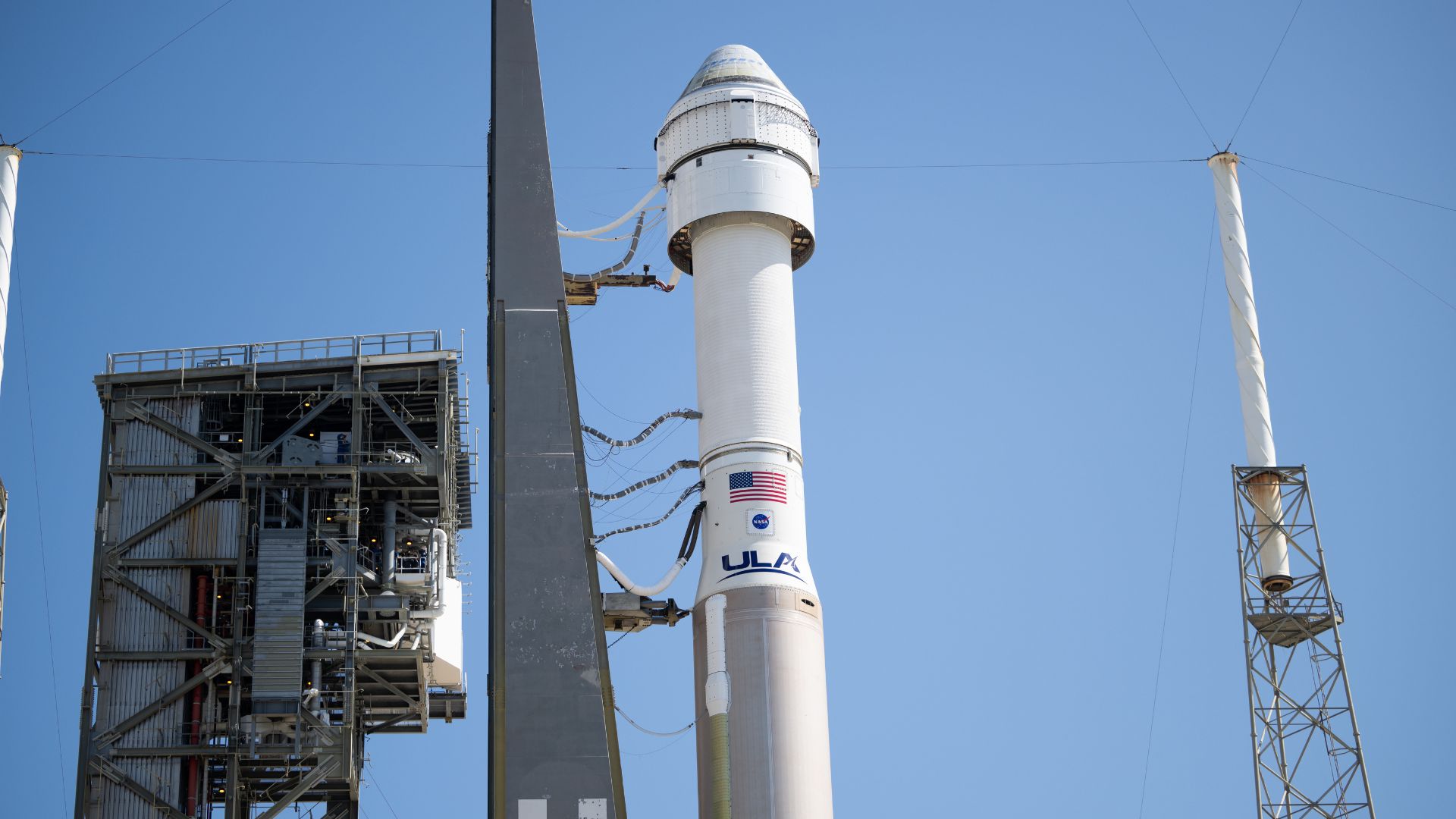
Source: NASA/Joel Kowsky/Wikimedia Commons
Boeing will need to conduct a successful mission before this next step can be taken, and NASA is giving them one more chance to make the Starliner work.
The Effort of the Starliner Team
“I want to recognize the work the Starliner teams did to ensure a successful and safe undocking, deorbit, re-entry, and landing,” Mark Nappi, vice president and program manager of Boeing’s Commercial Crew Program, said in a statement.
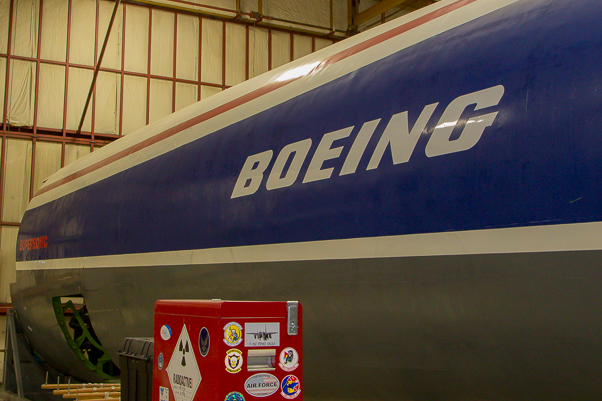
Source: Benjamin L. Granucci
“We will review the data and determine the next steps for the program.”
